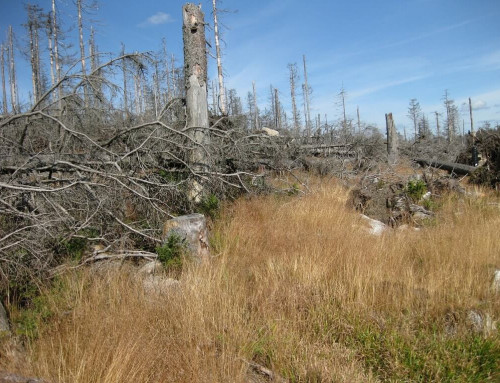
Major Plates of the world. Image by Learner.org
ZIMSEC O Level Geography Notes: Plate Tectonics
- The lithosphere (that is the earth’s crust and the rigid part of the mantle) is divided into seven large and several smaller plates.
- A plate is a rock that is found either below the oceans or continents making oceanic and continental plates respectively.
- The terms do not mean nor are they used to refer to actual continents and oceans.
- They are used depending on the type of rock that make up the plate.
- Continental plates are made up of silica (Si) and aluminium (Al),
- They are otherwise referred to as sial.
- They are less dense and have a lower speed of movement when compared to the oceanic plates.
- Oceanic plates are made up of silica and magnesium
- They are sometimes referred to as sima
- They are denser and move faster than continental plates.
- The word tectonic means movement.
- Plate tectonics therefore means the movement of these plates along their boundaries/margins.
Major plates
- Some of the major plates are:
- The South American plate
- North American plate
- Pacific plate
- African plate
- Australian plate
- Arabian plate
- Eurasian plate.
Plate margins
- These are the zones where plate movements occur.
- There are three major types of margins:
- Convergence zone/destructive zone/zone of subduction.
- Divergence zone/constructive zone.
- Conservative zone/passive margins/transform faults.
Please click on each zone to learn more about it.
Plate movements
- As a result of convection currunts from the centre of the earth plates may move:
- towards each other (Convergence)
- away from each other (divergence)
- or sideways aling adjacent boundaries (conservative plates)
Distribution of volcanoes, fold mountains and earthquakes.
- In general plate boundaries are where most active zones of movement are.
- It is where high mountains and ocean ridges are.
- It is where volcanoes erupt and earthquakes occur.
- The Pacific Ring of Fire and the Great East African Rift Valley for example are both found on plate boundaries.
- Below is an interactive map of the world showing plate boundaries and their associated activity.
- Click on the various activities such as earthquakes and volcanoes and you will notice that if you click the plate boundaries button, that these activities are mainly found along the boundaries of the major plates.
- To show all earthquake and volcanic activity as well as the margins/boundaries of the world’s plates click on the “Click all” button.
NB This map uses flash and might not work on browsers like Opera Mini. Either find a device that can handle flash elements or just take our word for it. These activities are found along boundaries.
To access more topics go to the Geography Notes page.



